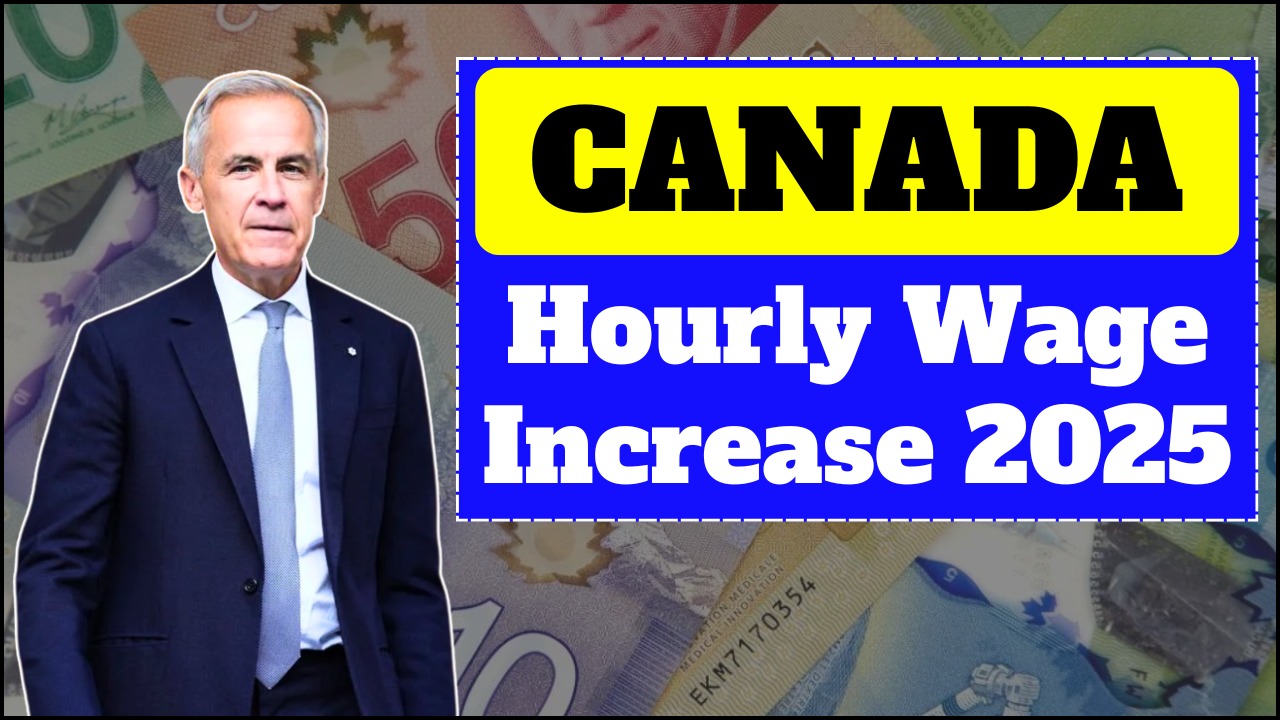For decades, Canadians viewed 65 as the ultimate milestone — the moment to retire and begin a new phase of life. But in 2025, that long-held belief is changing. With longer lifespans, evolving work patterns, and greater pension flexibility, retirement today is less about stopping and more about redesigning life’s next chapter.
The Canada Pension Plan (CPP) and Old Age Security (OAS) have both adapted to this new reality, giving Canadians more control over when and how they retire. Whether you want to stop working early or continue earning past 65, the system now supports both choices.
Canada’s New Retirement Age
According to Statistics Canada, the average Canadian now lives around 81.7 years. That means most people will spend about 20 years in retirement — a period that requires careful financial planning.
Many older adults are now choosing to work longer or phase out gradually, either part-time or through consulting work. This approach not only strengthens their savings but also maintains social connections and mental well-being.
CPP and OAS
The government’s updated pension rules let retirees design a personalized plan.
- CPP can start as early as age 60 or as late as 70. Delaying your claim increases your benefit — by up to 42% more at age 70.
- OAS, which usually begins at 65, can now be deferred until age 70 for an additional 36% increase in monthly payments.
This flexibility allows Canadians to align their retirement income with their needs, lifestyle, and health.
CPP and OAS Options
| Program | Typical Start Age | Earliest Start | Latest Start | Increase if Delayed | Average Payment (2024) |
|---|---|---|---|---|---|
| OAS | 65 | 65 | 70 | 36% more at 70 vs 65 | Depends on residency |
| CPP | 65 | 60 (reduced) | 70 (enhanced) | 0.7% per month | Avg. $899.67 / Max. $1,433 |
Why Retiring at 65 Is No Longer the Norm
Financial Motivation
Inflation, longer life expectancy, and uncertain markets have made it less practical to retire at 65. Working a few extra years can:
- Extend your savings window
- Boost CPP and OAS payouts through delayed claiming
- Reduce reliance on investment withdrawals
Active and Healthy Aging
Many Canadians remain physically and mentally active well into their late 60s and 70s. Continuing to work part-time or freelance helps keep their minds sharp and social lives strong. Retirement is no longer a full stop — it’s a transition.
The Financial Upside of Working Longer
| Advantage | Benefit |
|---|---|
| Extended Savings | More time to build your nest egg |
| Higher Pension Income | Larger CPP and OAS benefits from deferral |
| Debt Clearance | Continued earnings help repay loans or mortgages |
| Market Protection | Fewer early withdrawals mean more stable growth |
| Security | Less dependence on volatile investment returns |
According to Employment and Social Development Canada (ESDC), around 25% of Canadians aged 65–69 are still in the workforce — a sharp rise compared to previous generations.
Benefits of Delaying Retirement
Retirement isn’t just financial — it’s emotional. Many seniors who continue working report higher satisfaction levels and stronger social ties.
- Sense of Purpose: Staying active provides structure and meaning.
- Social Connection: Prevents loneliness and isolation.
- Cognitive Health: Regular engagement in work or volunteering keeps the brain sharp.
A 2023 study by the Canadian Institute for Health Information revealed that seniors who remain engaged in work or community activities experience fewer symptoms of depression and improved overall happiness.
The Downsides of Retiring Late
Not everyone benefits from postponing retirement.
- Health Challenges: Physical jobs can become harder with age.
- Age Discrimination: Certain industries still undervalue older employees.
- Lifestyle Delay: Working longer might postpone personal plans or travel goals.
- OAS Clawback: Higher income can reduce OAS payments (starts around $90,000 annual income).
These challenges make it crucial to plan carefully and balance work with well-being.
Planning a Smart, Flexible Retirement
- Assess Your Health: Make sure you’re physically and mentally ready to keep working.
- Model Your Income: Use CPP and OAS calculators on the Government of Canada site to explore options.
- Seek Flexible Work: Look for part-time, hybrid, or consulting roles.
- Stay Digitally Skilled: Keep up with new technology to stay relevant in remote or online work.
- Secure Backup Plans: Maintain emergency funds and consider long-term care insurance.
FAQs
Q:- When is the ideal time to start CPP or OAS?
A = It depends on your finances and health. Delaying until 70 provides significantly higher lifetime benefits.
Q:- Can I work while collecting CPP or OAS?
A = Yes, you can. However, your income may affect taxes or OAS clawback thresholds.
Q:- Will delaying CPP or OAS impact my taxes?
A = Yes, the payments are taxable. A financial advisor can help you minimize your tax burden while maximizing returns.




